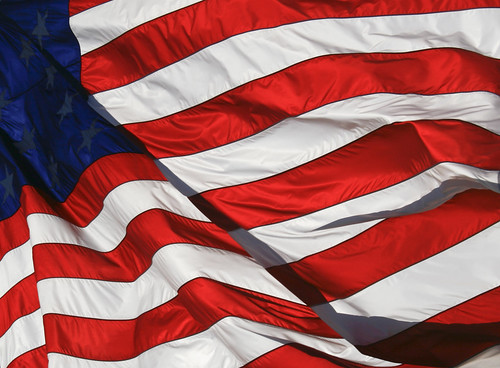 |
| Photo Credit: Moody Man |
When Ministry is Unglamorous by Tara Sing (GoThereFor.com)
"What is an unglamorous ministry? It’s a ministry where nobody sees you serving. It includes faithfully walking besides someone through years of grief or pain. It’s the ministry that cuts into your personal time, for which the reward seems little and almost not worth it. It’s the faithful and quiet service of driving someone to and from church weekly, knowing they may never repay the favor or buy you a tank of fuel. It is being an ear for those whose burdens are great—and a patient one when they refuse to address problems that they could solve themselves. It is washing the feet of weary travelers or, in our modern context, putting fresh sheets on the bed and providing a hot supper when they arrive. It is cleaning toilets and sweeping empty halls when everyone else has gone. It is spending time with the person at church who is awkward and avoided. It is praying with all your might for those who are lost. Sometimes it is simply devoting yourself to caring for family members or friends who are enduring one season of hardship after another. It’s the ministry that we think is hard, that we can’t be bothered with, or that we struggle to do joyfully."5 Things That Can Make You Feel Like You’re Leading When You Aren’t by Carey Nieuwhof
"Sometimes people think they’re leaders because they have ideas. Ideas help leaders, but in and of themselves ideas are not leadership. Life is filled with people who say things like “I had that idea 8 years ago.” To which I always ask myself “And what did you DO about it?” Often the answer is nothing. And that’s the problem. Thinking is not leading. Creativity is not leadership. Generating incredible ideas is one thing. Acting on them is quite another. A B+ strategy, well-executed, trumps an A+ idea every time."My Home Has ‘Murder’ in Its Name: How Russell Jeung met Jesus among the Southeast Asian gangs of Oakland. Interview by Morgan Lee (Christianity Today)
"Meanwhile, as a sociologist, Jeung has devoted himself to learning about California’s Asian American population, a topic with deeply personal resonance. His great-great-grandfather arrived in the United States in the 1800s. “Since my family has been in California so long,” he says, “we sort of reflect Asian American history. All the injustices and issues that Asian Americans faced throughout their time in the US, my family has personally gone through them.”"Mike Ilitch was famous for his fortune. But his surprising connection to Rosa Parks reveals something more. by Sarah Larimer (The Washington Post)
Mike Ilitch, Little Caesar's Pizza founder and long-time owner of the Red Wings and Tigers, passed away recently at the age of 87. A well-known champion for the city of Detroit, Mr. I's connection with civil rights pioneer Rosa Parks was not as widely known. This article shares about the role that Ilitch played in helping to pay for Mrs. Parks apartment near the end of her life.
40% of foreign students in the US have no close friends on campus: The culture shock of loneliness. by Andrea van Niekerk (Quartz)
"Many international students respond to the “adjustment fatigue” by sticking to their own. An Indonesian student at the University of Florida laments that, “Their [American students’] conversations revolve around things I am not familiar with. As a result, international students tend to stick closely with each other. Even until today, I still always sit down together with other international students in the dining hall and hesitate to mingle with American students.” Many, however, find themselves even without the solace of their countrymen. The Journal of International and Intercultural Communication reports that 40% of international students had no close friends amongst their American classmates, a rate that was especially high amongst East Asian students (and incidentally slightly lower for those attending universities in the South). So despite actual numbers of foreign students on the rise, this casts one of the sadder lights on the true internationalization of American campuses."Baseball Star Kris Bryant Gets Pranked by Hall of Famer Greg Maddux


